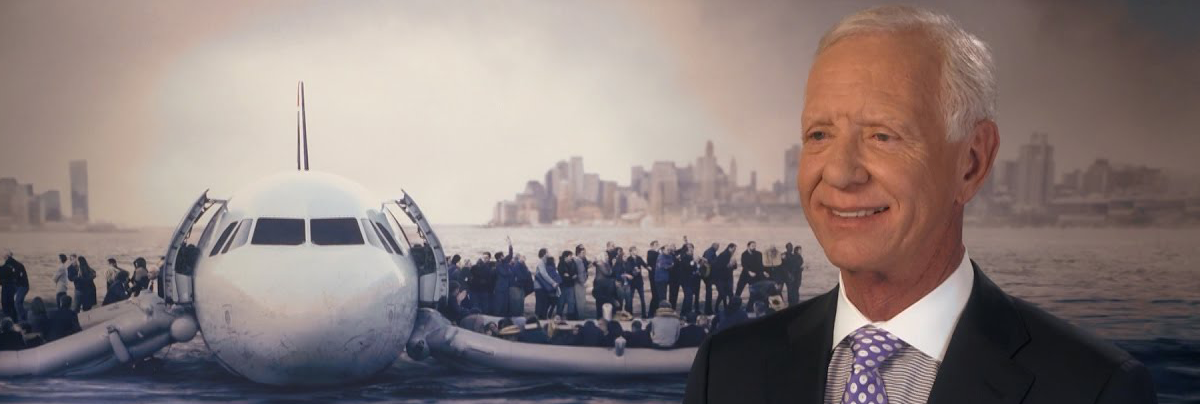Chesley B. “Sully” Sullenberger’s miraculous landing of US Airways Flight 1549 on the Hudson River in 2009 is the epitome of exceptional risk management. However, Sully’s strategic methodology of handling a crisis is not restricted to the aviation industry. By decoding his approach, businesses can gain invaluable insights on managing uncertainty, assessing risk, and making critical decisions under pressure. Here’s how we can translate Sully’s flight risk management strategy into a business context.
- Preparation and Training: Sully had accumulated over 20,000 flight hours before his unprecedented landing on the Hudson. His vast experience and knowledge, coupled with constant training and rehearsal of emergency procedures, equipped him with the expertise to manage the crisis effectively. In a business context, this translates into investing in employee training, updating skills, and preparing for various potential crisis scenarios. Companies must foster a culture of continuous learning and development, preparing the team for the unexpected, get them risk-intelligent and thus building resilience.
- Swift Decision Making: During the emergency, Sully quickly analyzed the options, calculated the risks involved, and made the call to land in the Hudson – all within a matter of minutes. Similarly, in a business setting, leaders must cultivate the ability to make quick yet informed decisions, particularly during crises. This involves having a clear understanding of the business’s environment, potential threats, and opportunities. Rapid decision-making doesn’t mean rushing, but having the acuity to make the best decision given the circumstances.
- Effective Communication and Teamwork: Sully effectively communicated his intentions to his co-pilot, flight attendants, and air traffic control, ensuring everyone was aligned with the planned actions. Businesses, too, must prioritize effective communication, especially during crises. Clear and transparent communication with all stakeholders – employees, clients, shareholders – is crucial to ensure unified efforts and to manage perceptions. Alongside this, the value of teamwork can’t be overstated; every employee must know their role and how to execute it during a crisis.
- Ethical Responsibility: Sully took full responsibility for his passengers’ safety. His ethical commitment to his duty was evident in his actions and decisions, as he was the last person to leave the sinking plane after ensuring everyone had been evacuated. Similarly, businesses must adopt a culture of ethical responsibility. This involves prioritizing customer safety and satisfaction, ensuring employee wellbeing, and practicing corporate social responsibility. A business that puts its stakeholders’ interests first will earn trust and loyalty, strengthening its position in the market.
- Emotional Intelligence: Sully exhibited tremendous emotional intelligence during the incident. He managed his stress and fear, kept calm, and successfully led his team amidst the chaos. In a business setting, leaders need to display emotional intelligence to manage their emotions and those of their team, especially during crises. The ability to stay composed under pressure can inspire confidence among team members and maintain the focus required to navigate through challenging situations.
In conclusion, Sully’s flight risk management strategy offers powerful lessons for businesses. By applying these principles, organizations can prepare for uncertainties, make informed decisions swiftly, foster effective communication and teamwork, uphold ethical responsibilities, and demonstrate emotional intelligence. These strategies can not only help companies navigate crises but also enable them to soar above challenges and excel in their industry.














